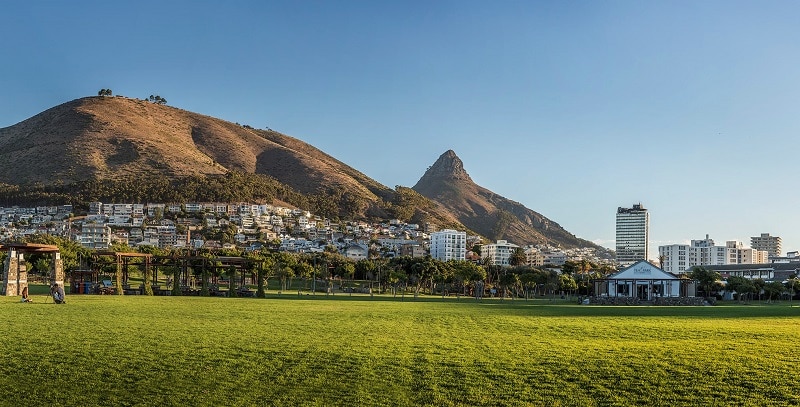Cattle, Conflict and Recreation: Green Point Common Has Seen It All
1 May 2021
In precolonial times, locals grazed their cattle and livestock here. And when the Dutch colonised the Cape in 1652, this practice continued, only this time, with the Dutch East India Company’s cattle.
When the British later arrived, they used the land for various war purposes, including troop accommodation and a prisoner-of-war camp during the South African War.
In 1923, King George V and the Union government granted the land to the Cape Town city council, who transformed it into a public space for recreation and sport. At this point, it was officially declared a common – a function it retained until the development of Green Point Park in 2010.
It served as a social gathering area, especially for residents of Sea Point and Green Point, and also played host to horseracing events before the Kenilworth racecourse was built.
Some of Cape Town’s earliest rugby and cricket matches were played on the common, and the wetland were ideal for canoe and boat races as well as sailing regattas.
Over time, the City earmarked parts of the common area for alternative or private use, ranging from defence and transport to residential and educational.
The original common area gradually reduced and the space slowly lost its sense of community. It fell into disrepair and became largely underutilised, until the 2010 World Cup legacy project gave it a new lease of life.
